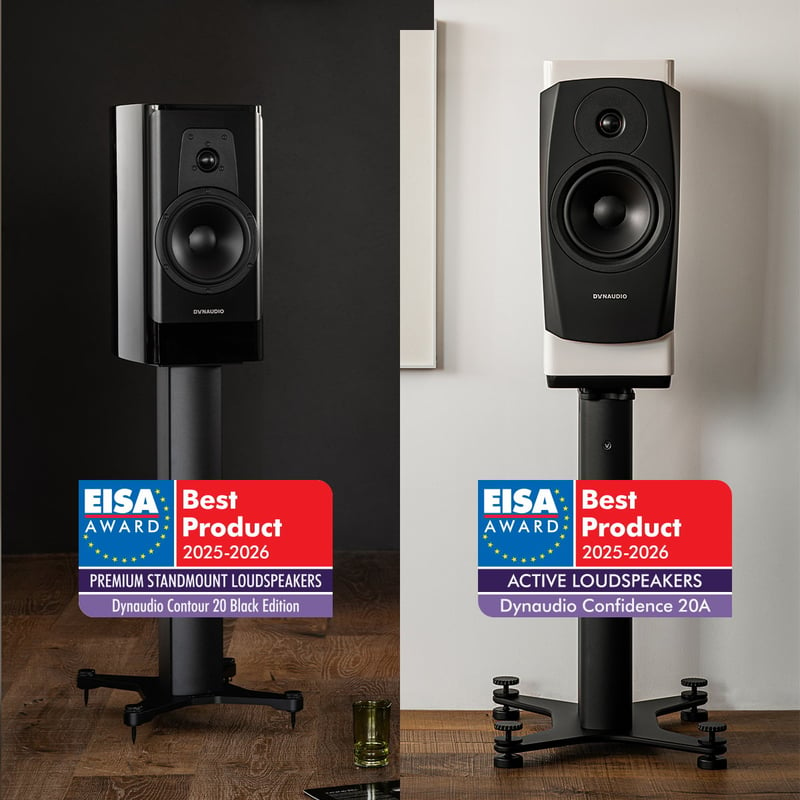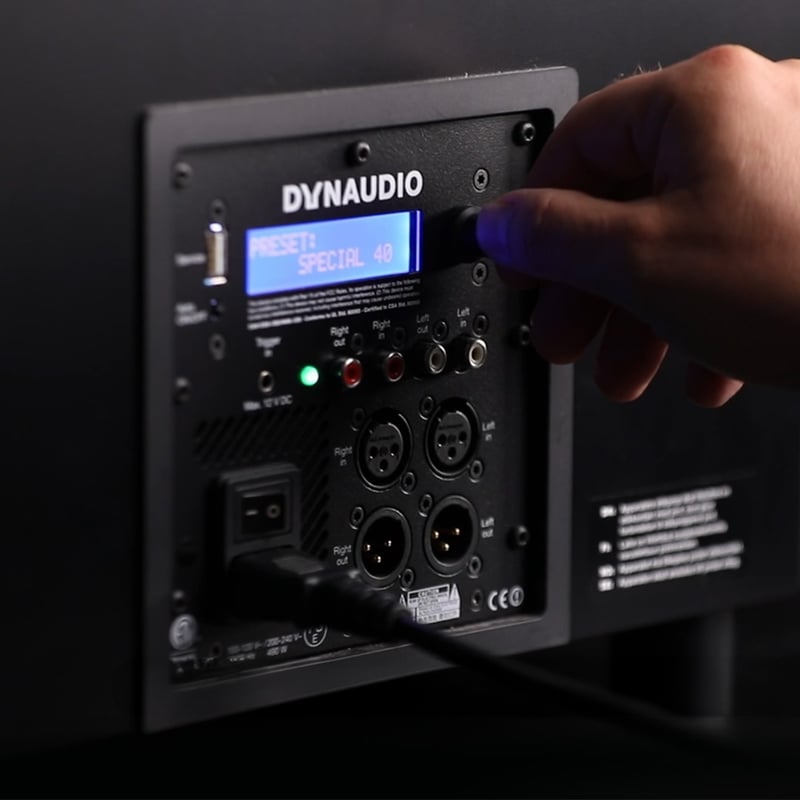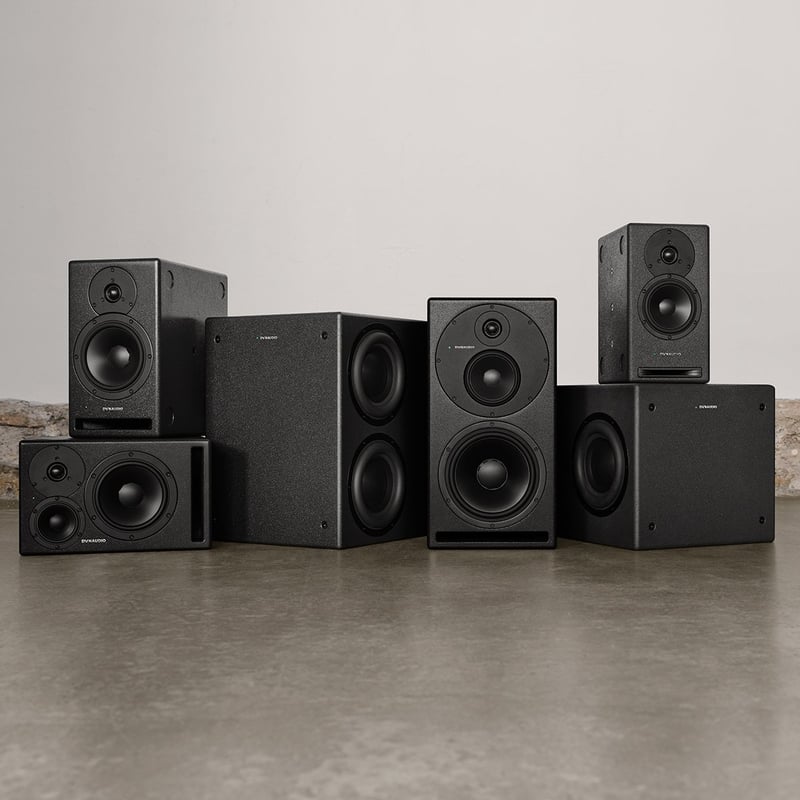‘Golden ears’ are a myth. No one is born being able to pick out what makes one speaker better than another, to know when one component doesn’t work with another or to identify that obscure oboe passage that’s just about audible under the strings.
It takes practice and attention. But, above all, it takes confidence. And the good news is, if you have that confidence you’re already well on the way to being able to listen like the professionals.
Follow these simple tips when you’re next demoing a piece of hi-fi equipment – be it a pair of speakers, an amp, a CD player, cables or anything else – and you’ll leave knowing you’ve given it a fair test.
1 Pick music (and equipment) you know
You’ll be listening to your own collection on this system, after all – so ditch the demo CD the dealer tries to spin and play something of your own. It doesn’t matter what – as long as you know it really well. If you listen to more than one type of music (there’s more to life than Peruvian thrash-metal, after all), take discs that cover your whole listening gamut, and make sure you give them all a good couple of tracks each.
If you can bring some of your own equipment to the demo, that’s even better. Testing some speakers? Take your own amp and CD player. Taking a look at an amp? Take your speakers along. Your kit will be run in, familiar, and a better benchmark than the unfamiliar gear they might have in the listening room.
The confidence will lead you the way to being able to listen like professionals.

2 It’s all in the detail
Try to identify key moments in the music you’re listening to. That might be a particular guitar intro, the way the bass interacts with the drums in a certain section, the ambience of the concert hall just before the orchestra strikes up, or a wash of effects over a vocal part. Listen to them over and over until you know exactly how they sound. Then compare them on different pieces of equipment – you might be surprised by how many differences you can hear.
3 Listen to the start of notes…
The crack of a snare drum. The ‘ting’ of a ride cymbal. The attack of a pick on a guitar string. That initial puff of a trumpet note. The start of a word in the vocal part. Can you hear them distinctly or do they seem to lag behind a little? Are they crisp and clear, or woolly and ill-defined?
If you’re listening to a piece of soft classical that sounds harsh and brittle on the new components, for example, or a well-produced rock song that no longer sounds as driving as you remember, it’s probably down to the equipment’s timing (how different frequencies interact with each other).

4 … and the end
The tail of a note is just as important as its attack. Take the ride cymbal: how does it decay after the drummer hits it? Does it sound like a physical, metal, vibrating piece of drumkit? Or does it sound flat and listless? Does it ‘fit’ the music, or does it tail off too quickly? Try to listen for these longer parts; become aware of how individual instruments sound. It can be tricky at first to identify an individual part in the middle of a song, but persevere and you’ll become adept.
5 Don’t be starstruck
Bright treble or thundering bass are often an eye-opener when you hear a new piece of hi-fi gear – but they aren’t necessarily a good thing. They’re show-stopping, sure – but they might get on your nerves over time. That treble might become tiring to listen to after half an hour, or you might notice that the impressive bass is fatter and less controlled than you initially thought. The most important thing is to hear how all the frequencies knit; nothing should stand out. If it does on your first listen, chances are it’ll only become annoying after you get the thing home. And that’s why it’s so important to…
6 Take your time
Don’t play one track and judge the kit on a five-minute listen. First impressions do count, of course, but second ones matter more. And third ones. Immerse yourself in the music – just as you would at home. Close your eyes. Recline. Relax and just listen… if you can’t pick out the details above in a dealer’s demo room (everyone gets stage-fright occasionally), sitting back and just enjoying the music will help you get there.
7 Go with your gut
If something seems ‘off’ to you, it probably is. Trust your instincts. Yes, that amp might cost a small fortune, and have VU meters and cool shiny metal all over it – but if you prefer the sound of the one that costs half as much, and looks like it, who cares? That’s the one for you. It’s your money – and it’s your ears.
Sign up to get more great articles
Nothing compares to the satisfaction of knowing – for a fact – that something is as good as it gets





